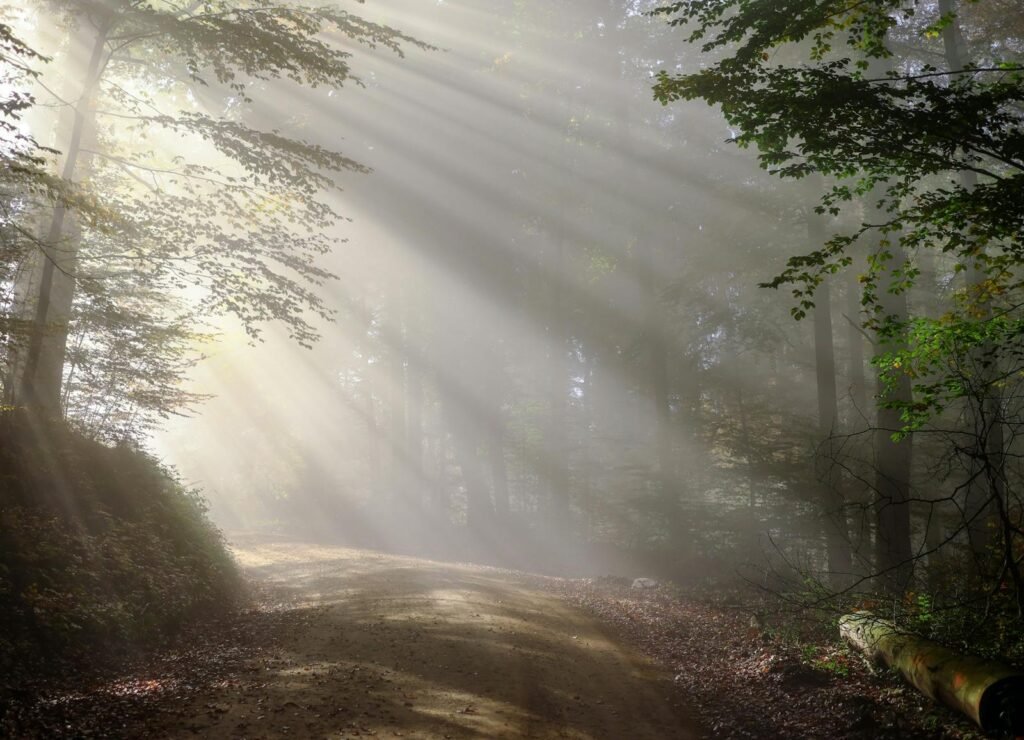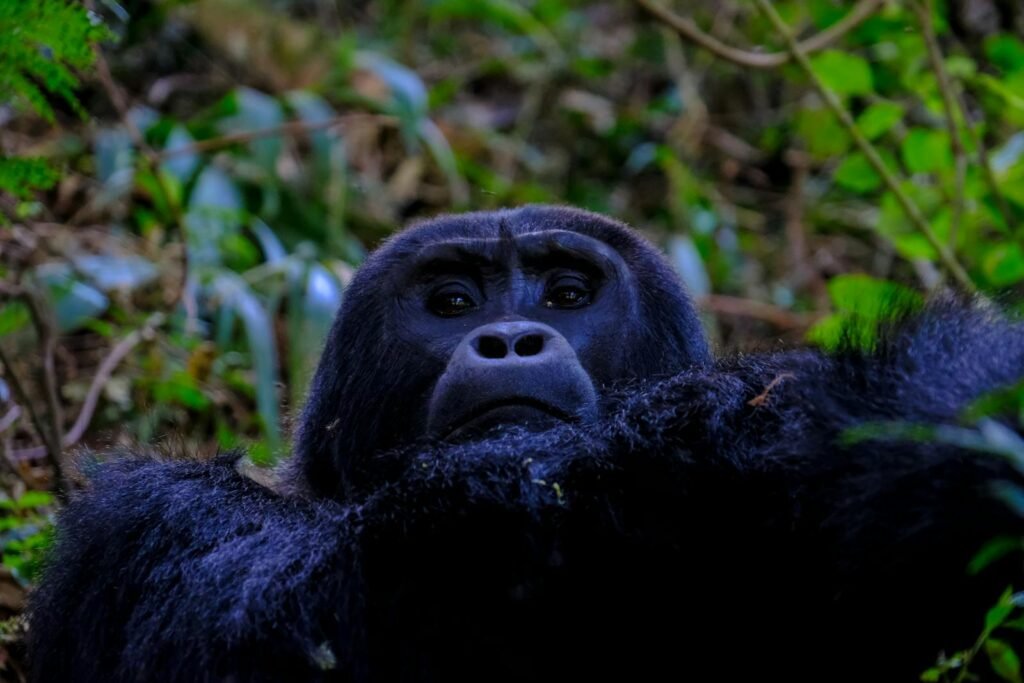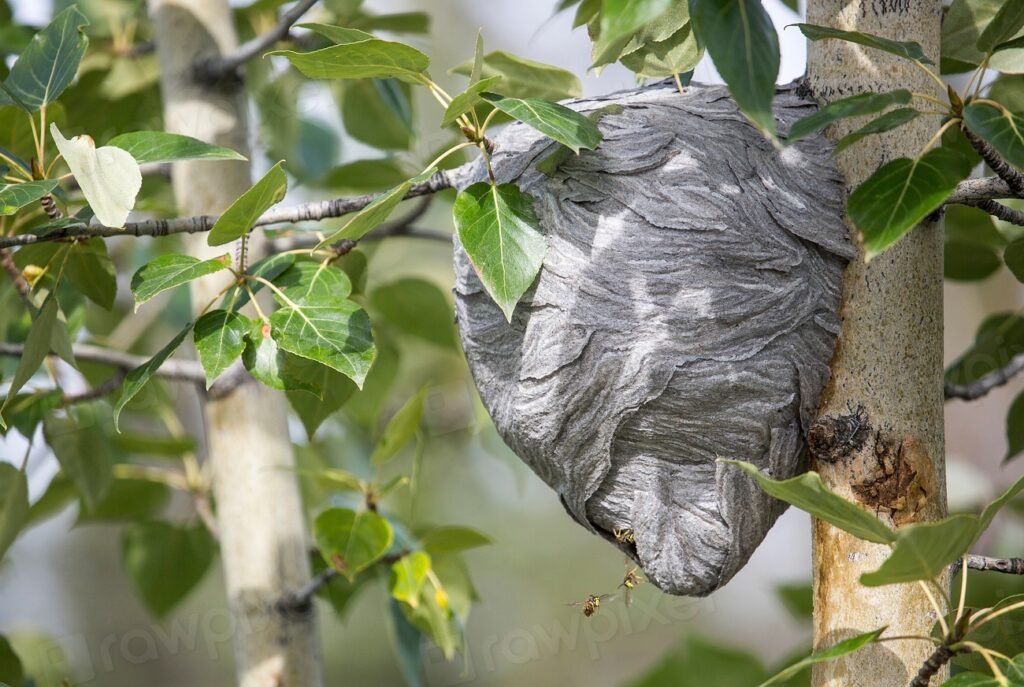When you step into the Black Forest near Freiburg, the air feels heavy with secrets. The trees rise like ancient sentinels, their dense canopy weaving a tapestry of shadow and light. Whispers of wolves, witches, and mysterious happenings drift through the mossy undergrowth. For centuries, these woods have fired the imagination—spawning spine-tingling legends, but also inspiring scientists to decipher the truths hidden beneath the folklore. What if the stories you heard around the campfire weren’t just tall tales, but echoes of natural phenomena, misunderstood wildlife, and fascinating science? Let’s wander together through a landscape where myth and reality entwine, and discover what really lurks in the heart of the Black Forest.
Ancient Forest, Endless Legends
The Black Forest is one of Europe’s oldest and most storied landscapes. Stretching over 2,300 square miles, its deep woods have been inhabited for thousands of years. People have always found something mysterious here—whether it’s the thick morning fog that blurs the world or the eerie silence broken only by bird calls. This is a place where legends seem to grow as wild as the ferns. Locals once believed spirits inhabited every tree, brook, and rocky crevice, and these beliefs were passed down in bedtime stories that both thrilled and terrified generations.
Wolves: From Fearsome Beasts to Ecological Marvels
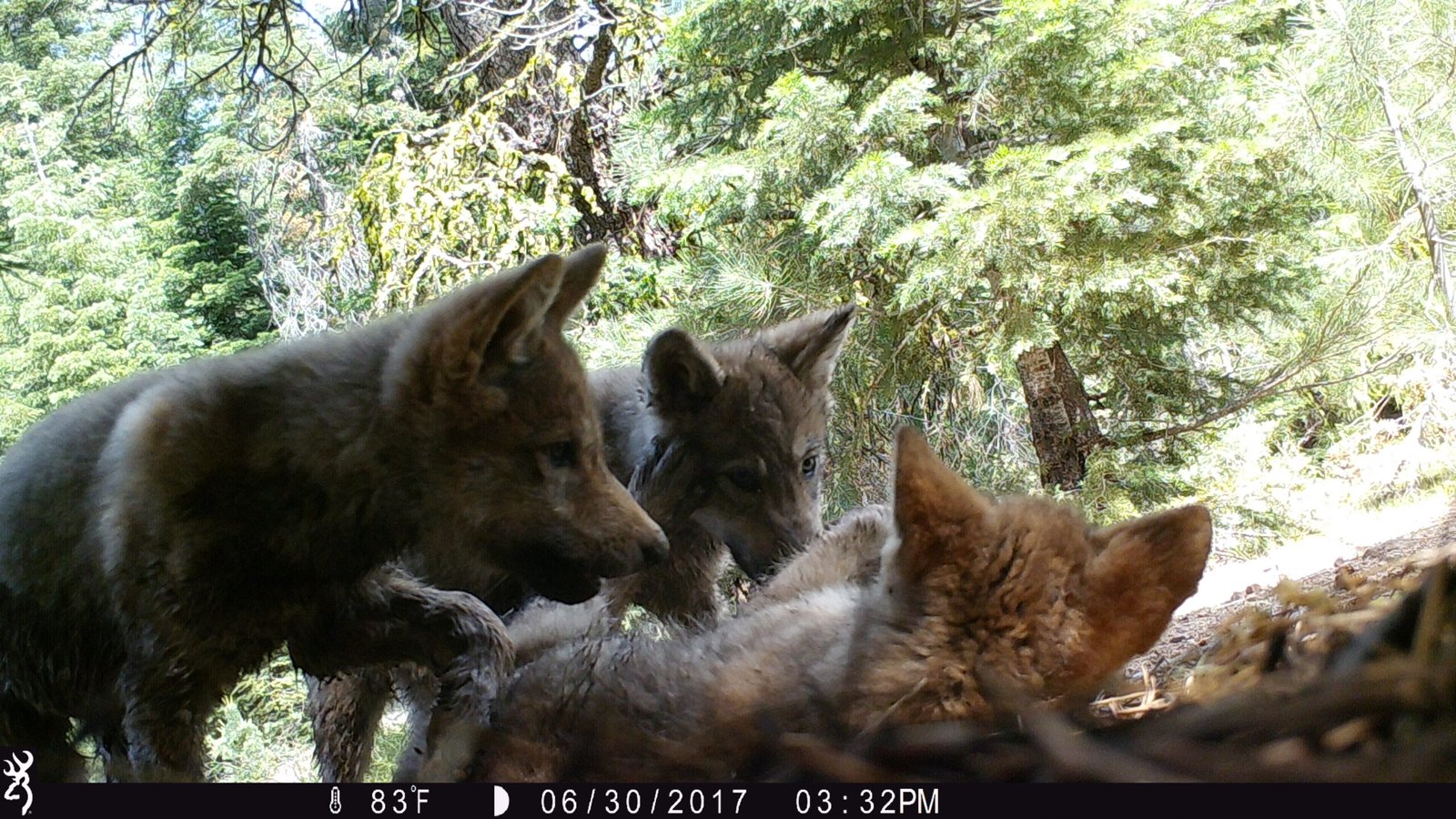
Wolves are the ultimate symbol of the wild Black Forest—a creature of both fear and fascination. For centuries, villagers told stories of packs that crept close to their homes at night, their howls echoing through the valleys. But while wolves were hunted nearly to extinction in the 19th century, recent decades have seen their quiet return. Scientists now study their movements with GPS collars, revealing how wolves help regulate deer populations and protect young forests. What was once a symbol of terror has become a sign of ecological balance—a living reminder that fear often springs from misunderstanding.
Witches and the Power of the Unknown
Witches are woven into the fabric of Black Forest folklore. Tales abound of wise women with healing herbs, or outcasts blamed for misfortune when crops failed. The infamous witch trials of the 16th and 17th centuries left a haunting mark on Freiburg’s history. Yet, modern historians and ethnobotanists are uncovering the science behind the “magic”—many so-called witches were skilled healers using natural medicines drawn straight from the forest. What was once feared as supernatural is now recognized as an early form of environmental science.
The Forest at Night: Shadows and Senses
Night in the Black Forest is a sensory overload. The darkness is so thick it feels alive; every rustle and snap becomes a possible omen. For centuries, people imagined all sorts of creatures lurking in the gloom. Yet, today’s biologists know that many animals—wild boar, owls, and bats—become active under the cover of night. Their antics, once mistaken for ghosts or goblins, are now the focus of nocturnal field studies. The forest’s nocturnal rhythm is a dance of survival, adaptation, and natural wonder.
The Enigma of Lost Travelers
Stories of travelers vanishing in the Black Forest have sparked chilling tales for generations. Some say the woods themselves conspired against outsiders, leading them astray. In truth, the dense thickets, twisting footpaths, and shifting weather can easily disorient even seasoned hikers. Modern rescue teams use GPS technology and topographic mapping to unravel these mysteries, proving that what was once attributed to angry spirits is often a combination of human error and the forest’s unpredictable terrain.
The Devil’s Footprints and Geological Wonders
One particularly spooky legend is that of the Devil’s Footprints—unusual rock formations that look eerily like gigantic footprints. Locals once whispered that the devil himself had stomped through the woods in anger. Today, geologists explain these marks as the result of glacial movement and weathering, processes that sculpt the landscape over millennia. The scientific explanation doesn’t make the sight any less strange, but it does remind us that the earth itself can be a master storyteller.
The Magic of Mushrooms and Mycology
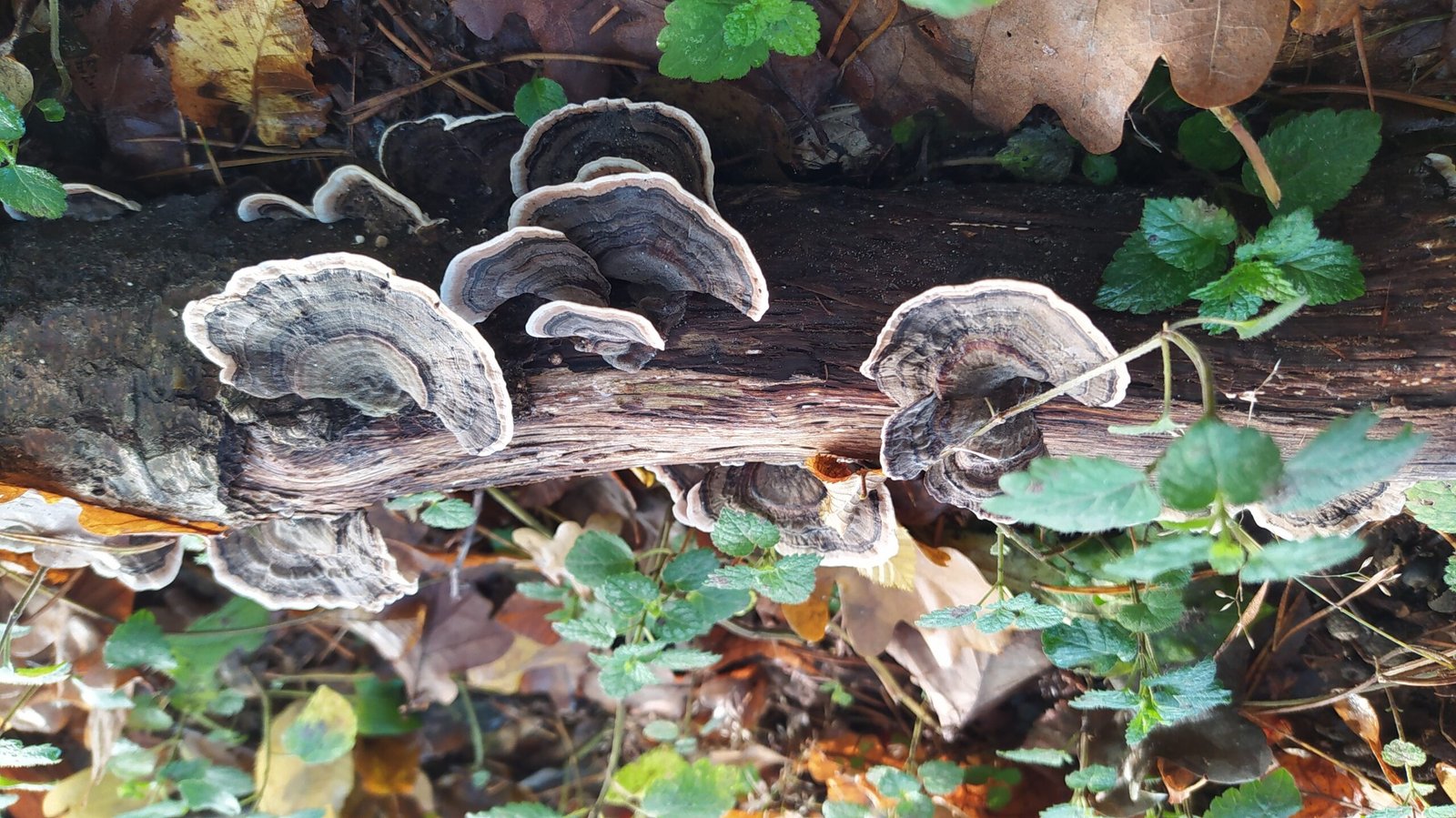
Mushrooms sprout in wild abundance beneath the Black Forest canopy, some with colors and shapes that seem straight from a fairy tale. Folklore warned of “witch circles” and cursed fungi, but today’s mycologists see these networks as crucial to the forest’s health. Fungi form complex partnerships with tree roots, sharing nutrients in a secret underground economy. What was once dismissed as magical mischief is now appreciated as a cornerstone of forest ecology, with scientists still uncovering new species every year.
Dark Waters: Lakes, Spirits, and Science
The Black Forest is home to hidden lakes like Titisee and Schluchsee, which glimmer like mirrors but have spawned tales of drowned villages and water spirits. Folklore warns swimmers of vengeful nymphs, yet limnologists study these waters for their unique chemistry and biodiversity. Some lakes are remnants of ancient glaciers, their depths filled with rare species of fish and plants. The science doesn’t erase the mystery, but it adds layers—each ripple on the water tells both a story and a scientific secret.
Echoes Through the Trees: Acoustic Mysteries
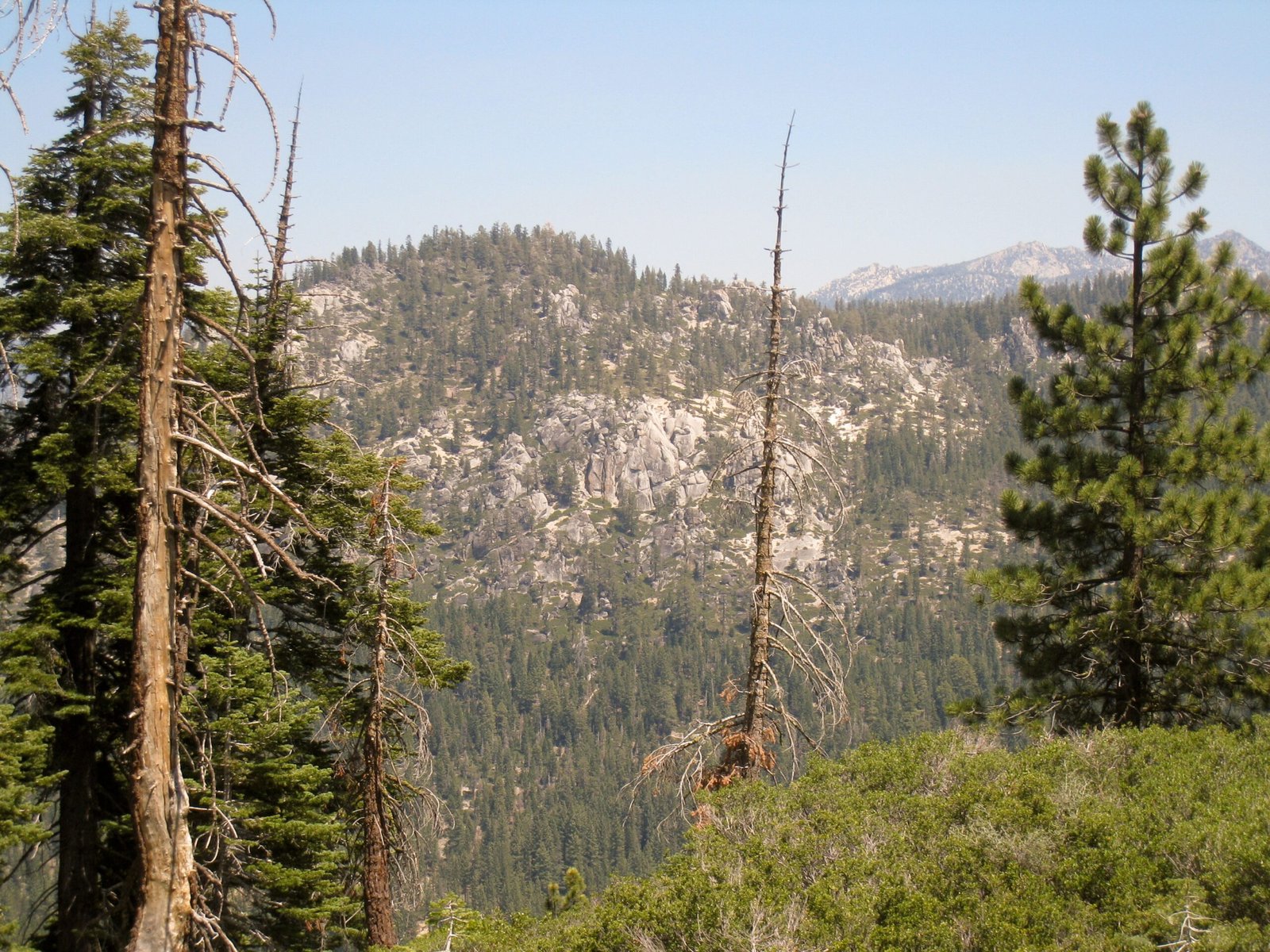
Have you ever shouted in a forest and heard your voice bounce back, stranger and softer? The Black Forest is famous for its echoes, which have fueled stories of ghosts and hidden beings. Acoustic ecologists now measure how sound travels among the trees, discovering that certain valleys and groves amplify or muffle noises in fascinating ways. These studies help us understand animal communication and even inspire musicians who record the forest’s natural symphonies.
Roots of Fear: Toxic Plants and Real Dangers
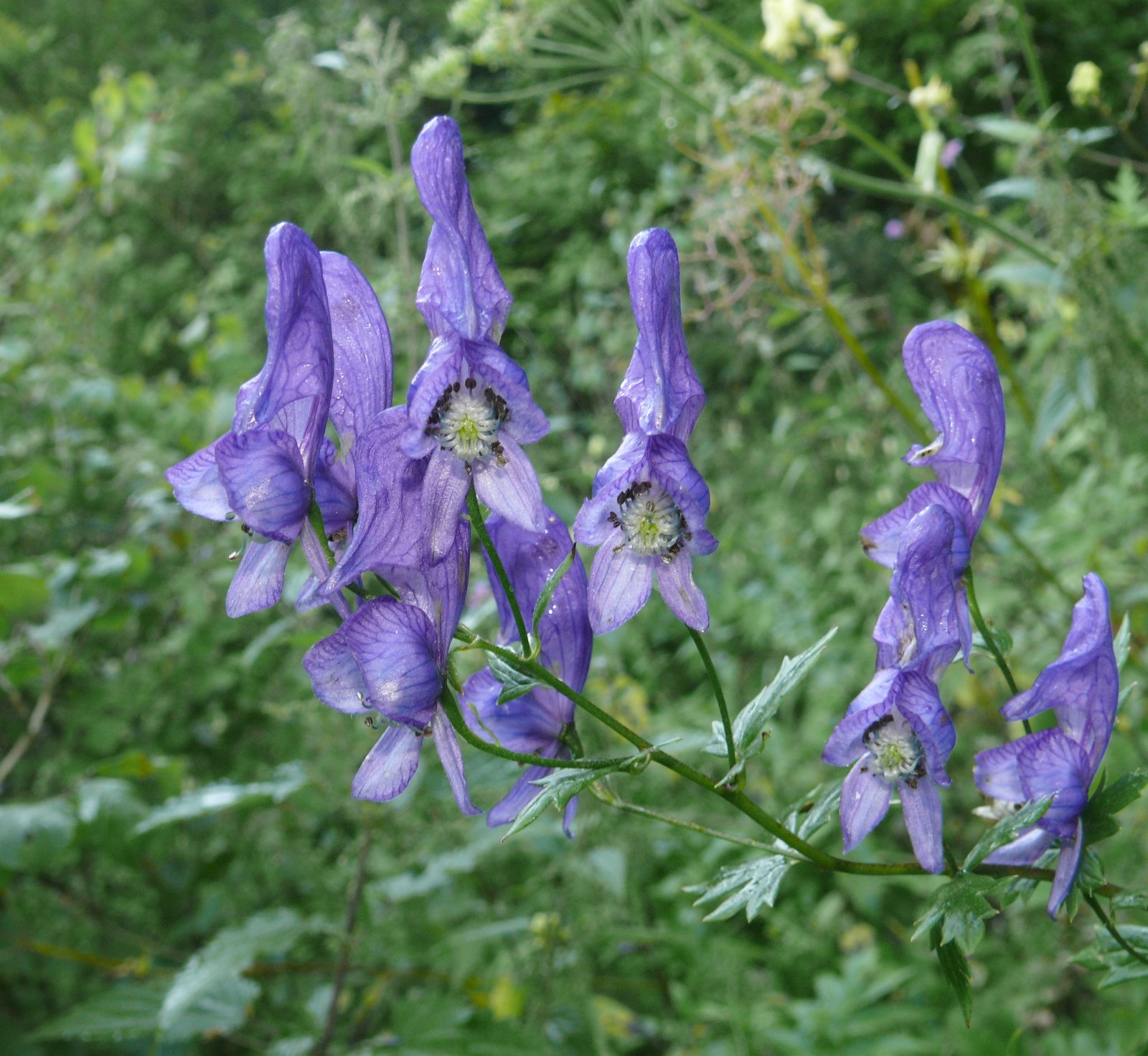
Many plants in the Black Forest are beautiful but deadly. Legends of witches’ brews and poisoned arrows have a basis in fact—species like wolfsbane and deadly nightshade can cause serious harm if mishandled. Botanists catalog these plants not just for safety, but to study how animals and insects interact with toxins. Some of the most dangerous plants have also yielded important medicines, blurring the line between threat and cure, myth and reality.
Strange Lights: Will-o’-the-Wisps and Swamp Science
Mysterious flickering lights, known as will-o’-the-wisps, have haunted the Black Forest’s marshes for ages. Locals once believed these were spirits luring travelers to their doom. Today, chemists explain that these lights can be caused by the combustion of gases like methane, released from decomposing plant matter in the boggy soil. It’s a natural phenomenon with an eerie glow—proof that science can often illuminate the supernatural.
Ancient Trees: Sentinels and Survivors
Some trees in the Black Forest are hundreds of years old, their gnarled trunks and towering branches inspiring awe and reverence. Folklore holds that these aged giants are guardians of the forest, keeping watch over all creatures. Dendrologists study their growth rings to unlock secrets of past climates, forest fires, and disease outbreaks. Each ancient tree is a living archive, bearing witness to centuries of both myth and measurable change.
Hidden Caves and Underground Mysteries
Beneath the forest floor, networks of limestone caves twist and turn in pitch darkness. Legends tell of treasure-hoarding dwarfs and secret tunnels used by witches. Spelunkers and geologists, meanwhile, map these labyrinths and analyze their mineral formations. Some caves harbor rare bats or evidence of prehistoric humans. What lurks underground is both a scientific puzzle and a source of endless local stories.
Wildlife Encounters: More Than Meets the Eye
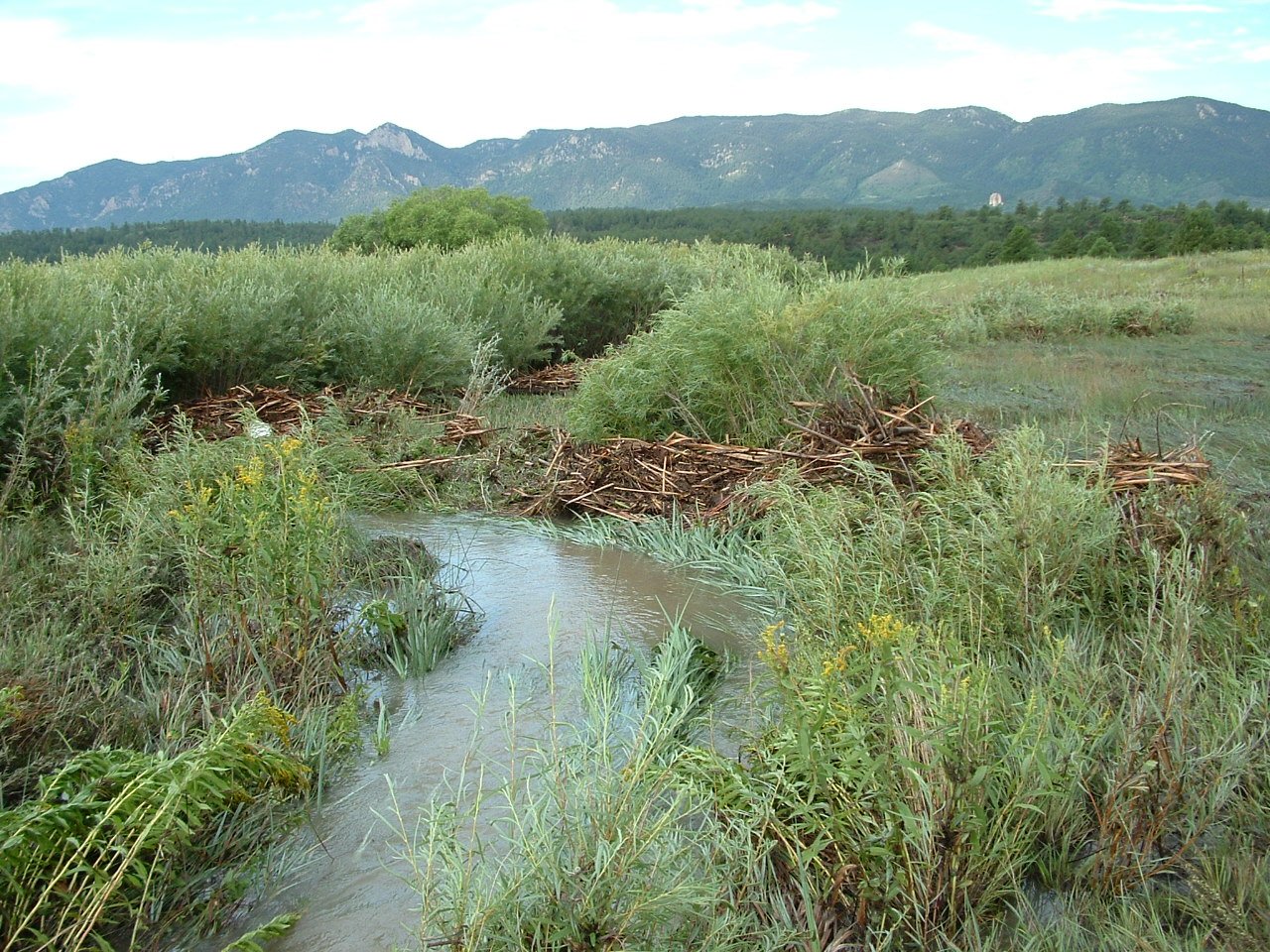
The Black Forest teems with life, from shy lynxes to industrious red squirrels. Many animals are rarely seen but often blamed for mysterious happenings. Ecologists use camera traps and field surveys to learn where these creatures roam, revealing surprising patterns. Even the familiar fox, so often cast as a trickster in folktales, plays a vital role in balancing the ecosystem. The animals here are not just characters in stories—they’re essential players in the forest’s ongoing drama.
Seasonal Changes: Science Behind the Shifts
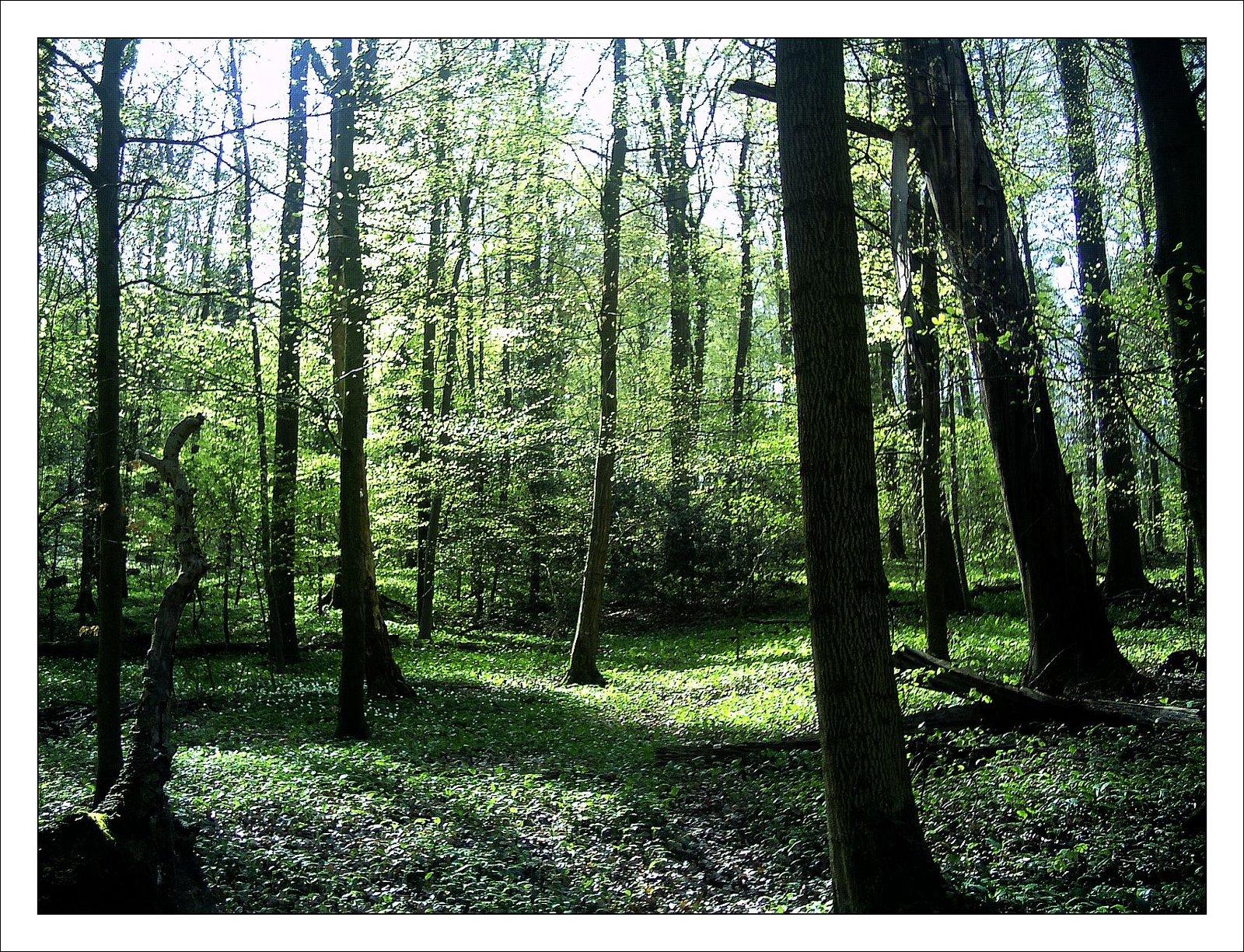
Each season transforms the Black Forest in spectacular ways, fueling both folklore and research. Winter brings eerie silence and ghostly snowscapes, spring bursts with wildflowers, and autumn sets the woods ablaze with color. Phenologists track these changes, linking the timing of blooms and migrations to shifting climate patterns. Locals once saw these cycles as signs from the gods; today, scientists read the same signs for clues to our planet’s future.
Healing Springs: Myths and Mineral Magic

The region around Freiburg is dotted with springs said to have magical healing powers. In the past, people flocked to these waters, believing they could cure ailments or ward off evil. Geologists and hydrologists now analyze the mineral content, explaining how certain elements can indeed have health effects. What began as myth has sometimes found confirmation in science, though the rituals and stories remain just as important to local culture.
The Black Forest Clockwork: Time, Tradition, and Technology
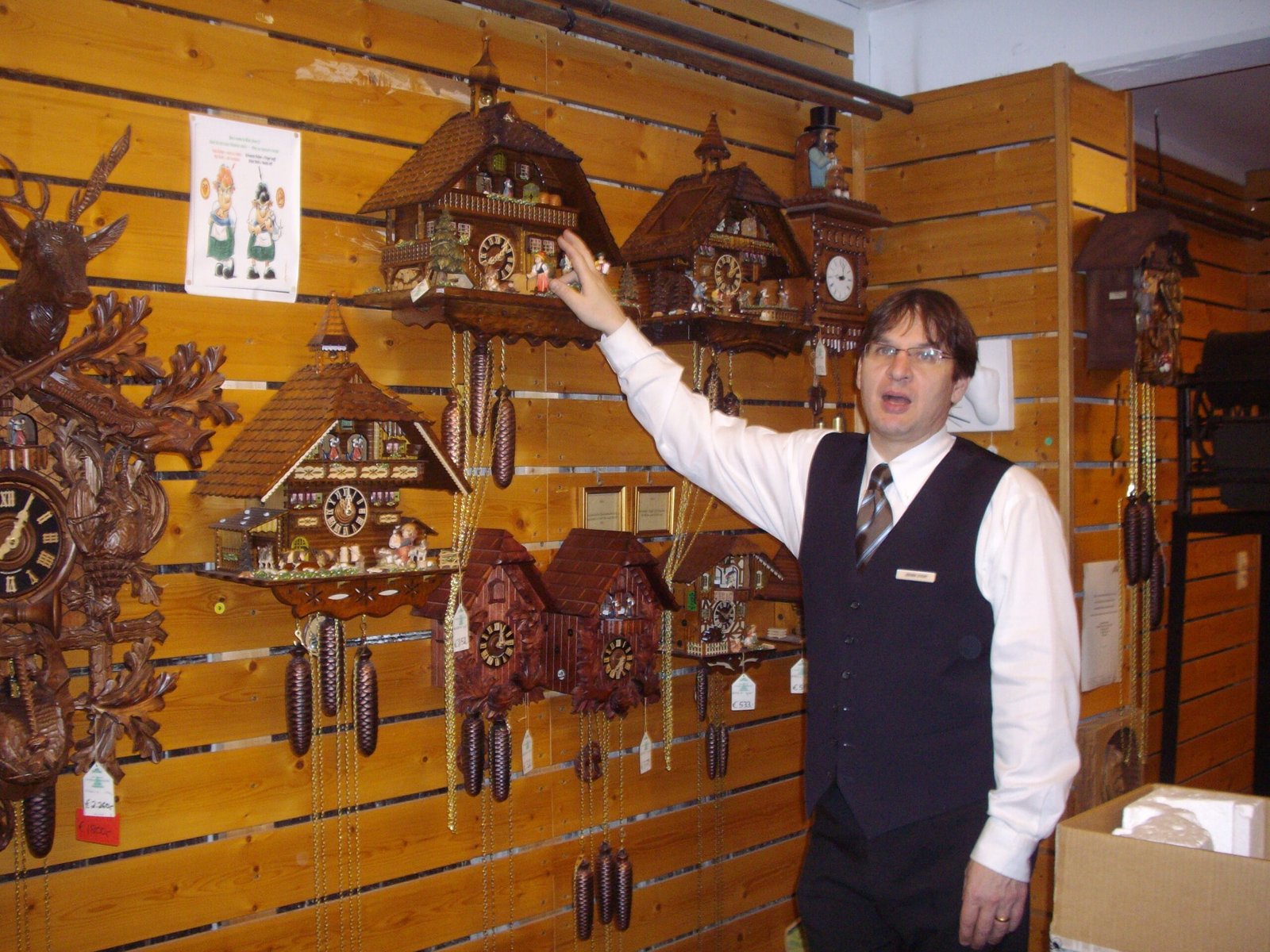
No mention of the Black Forest is complete without its world-famous cuckoo clocks. These intricate timepieces were once believed to keep evil spirits at bay with their constant ticking and cheerful calls. Today, horologists study their mechanical marvels, blending art, engineering, and tradition. The cuckoo clock is a symbol of how myth and innovation can spring from the same fertile ground.
Human Impact: Legends of Loss and Renewal
Over centuries, human activity has shaped the Black Forest as much as any story or superstition. Logging, farming, and urban development have left scars, but also inspired efforts at conservation and rewilding. Environmental scientists measure the health of forests and streams, working with local communities to restore damaged habitats. The narrative of loss and renewal is as real as any fairy tale, written in tree rings and water samples.
Modern Mysteries: Unexplained Phenomena
Even today, the Black Forest keeps some secrets. Reports of unexplained noises, strange animal sightings, or odd weather patterns still capture the public imagination. Some turn out to be misidentified wildlife or rare natural events, while others remain unsolved. Researchers continue to investigate, driven by the same curiosity that fueled old legends. The forest’s mysteries are far from exhausted, inviting new generations to look closer.
Folklore Meets Fieldwork: A New Age of Discovery
Across Freiburg and the wider Black Forest, a new generation of storytellers, scientists, and citizen researchers are blending old myths with cutting-edge science. Environmental education programs bring children into the woods to learn both folktales and facts. University teams use drones and remote sensors to study the landscape, while artists and writers keep the region’s legends alive. The line between myth and science blurs, creating a richer, more fascinating picture of this enchanting place.
The Black Forest, with its tangled blend of legend and science, continues to challenge what we think we know about the world. Where else can a walk in the woods feel like a step into another realm, where every shadow hides a story and every rustle may be something real—or something magical?

